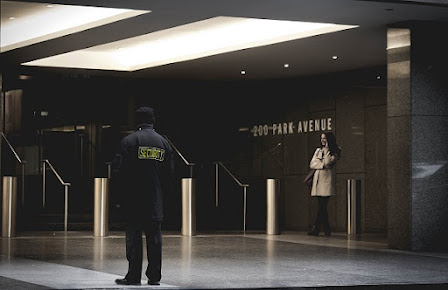The Role of Retail Security Guards in Preventing Shoplifting
Shoplifting is a pervasive problem for retail businesses, causing substantial financial losses each year. To counteract this issue, retail establishments often rely on various strategies, one of which involves hiring security guards. Retail security guards play a vital role in preventing shoplifting and ensuring the safety and security of both the store and its customers. In this article, we will delve into the role of retail security guards in combating shoplifting and the various ways in which they contribute to a reduction in theft and loss.
1. Deterrence Through Visible Presence
One of the primary functions of retail security guards is to serve as a visible deterrent to potential shoplifters. Their presence alone can discourage theft, as individuals with malicious intent are less likely to target a store with an obvious security presence. Security guards patrol the sales floor, keeping a watchful eye on customers, and in doing so, they make shoplifters think twice before attempting to steal.
2. Surveillance and Observation
Retail security guards are trained to maintain a keen sense of observation. They watch for suspicious behavior, such as customers loitering, exhibiting nervousness, or constantly glancing around the store. These behaviors can be indicators of potential shoplifters. Security guards also monitor surveillance cameras and security systems, allowing them to identify theft in real-time.
3. Identifying Shoplifting Techniques
Shoplifters employ various techniques to pilfer items discreetly. Retail security guards are well-versed in these tactics and can spot them in action. Common methods include concealing merchandise in bags or clothing, using distraction techniques, or manipulating security tags. Guards recognize these signs and can intervene before theft occurs.
4. Approach and Customer Assistance
Security guards are not just deterrents but also customer service representatives. Their approachability, helpfulness, and readiness to answer questions can create a positive shopping environment. While assisting customers, they can simultaneously keep an eye out for suspicious activity. This dual role enhances the customer experience while bolstering security measures.
5. Conflict Resolution
In situations where a confrontation arises between store personnel or security guards and a suspected shoplifter, the guards are trained to handle these scenarios professionally and peacefully. They employ conflict resolution techniques to de-escalate the situation, preventing incidents from escalating into violence.
6. Responding to Alarm Triggers
Security alarms and anti-theft systems are essential tools in shoplifting prevention. Retail security guards respond promptly to alarm triggers, such as unauthorized exits or broken security tags. Their swift response can deter thieves, prevent losses, and increase the likelihood of apprehending suspects.
7. Coordinating with Store Personnel
Communication between security guards and store employees is crucial in the fight against shoplifting. Guards and store personnel work in tandem to share information and observations. This collaborative effort allows for more effective shoplifting prevention and incident response.
8. Detaining Suspects
In situations where shoplifting is suspected, security guards are authorized to detain individuals within the bounds of the law and company policy. This can involve taking a suspected shoplifter to a designated area to await law enforcement. The knowledge that security is prepared to intervene can dissuade potential thieves.
9. Surveillance Camera Operation
Modern retail security often relies on surveillance cameras. Security guards are trained to operate and monitor this technology effectively. They can identify suspicious behavior on camera feeds and intervene when necessary.
10. Safety During Emergencies
Retail security guards are not only concerned with theft prevention but also the safety and well-being of customers. In the event of emergencies, such as fires, medical incidents, or security threats, they play a critical role in providing initial assistance, coordinating with emergency services, and maintaining order.
11. Loss Prevention Strategies
Security guards assist stores in developing and implementing loss prevention strategies. These may involve training employees on security measures, conducting employee bag checks, and identifying vulnerabilities in security protocols.
12. Legal and Ethical Responsibilities
Retail security guards are well-versed in the legal and ethical aspects of their duties. They understand the boundaries of their authority, respecting individual rights and privacy. This knowledge is crucial in maintaining a lawful and ethical approach to shoplifting prevention.
13. Collaboration with Law Enforcement
When shoplifting incidents require police involvement, security guards collaborate with law enforcement to provide information, evidence, and any detained suspects. This partnership is essential for apprehending and prosecuting shoplifters.
14. Maintenance of Incident Reports
Detailed incident reports are a vital part of security operations. Security guards maintain these reports, documenting security-related events or issues. These reports serve as valuable records for insurance claims, legal proceedings, and internal security analysis.
15. Providing Peace of Mind
The presence of security guards offers peace of mind to both store owners and customers. Knowing that professionals are actively working to prevent theft and ensure safety creates a sense of security and confidence in the shopping environment.
In conclusion, retail security guards Melbourne are indispensable in the ongoing battle against shoplifting. They act as both deterrents and first responders, utilizing their surveillance skills, customer service approach, and conflict resolution techniques to prevent theft. Their role is not only vital in loss prevention but also in fostering a secure and welcoming atmosphere for customers, making them an invaluable asset to any retail establishment.




Comments
Post a Comment